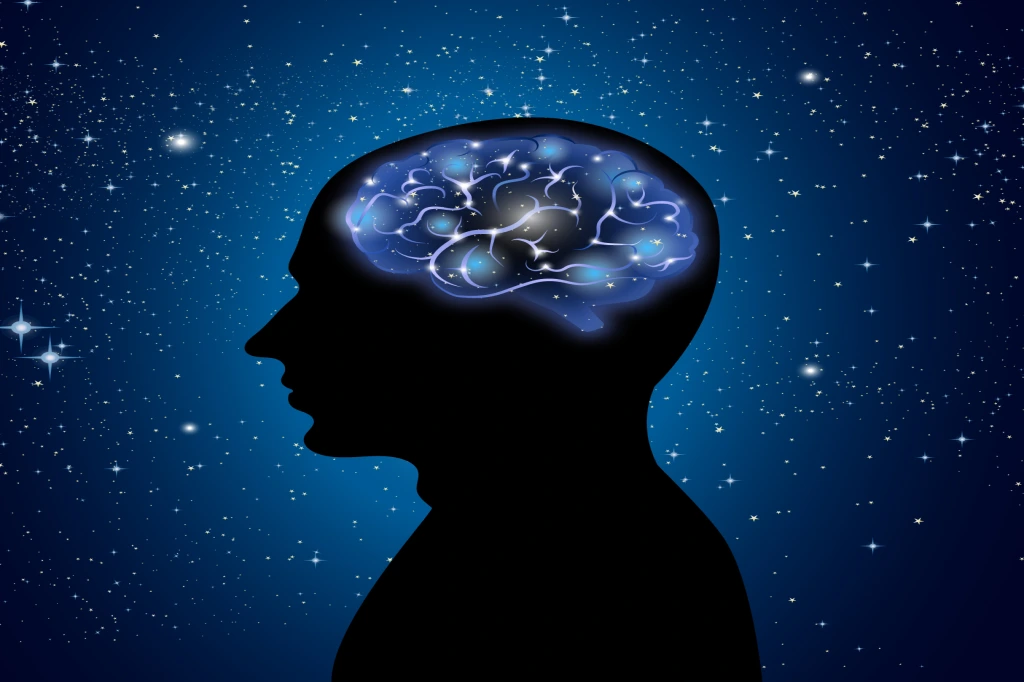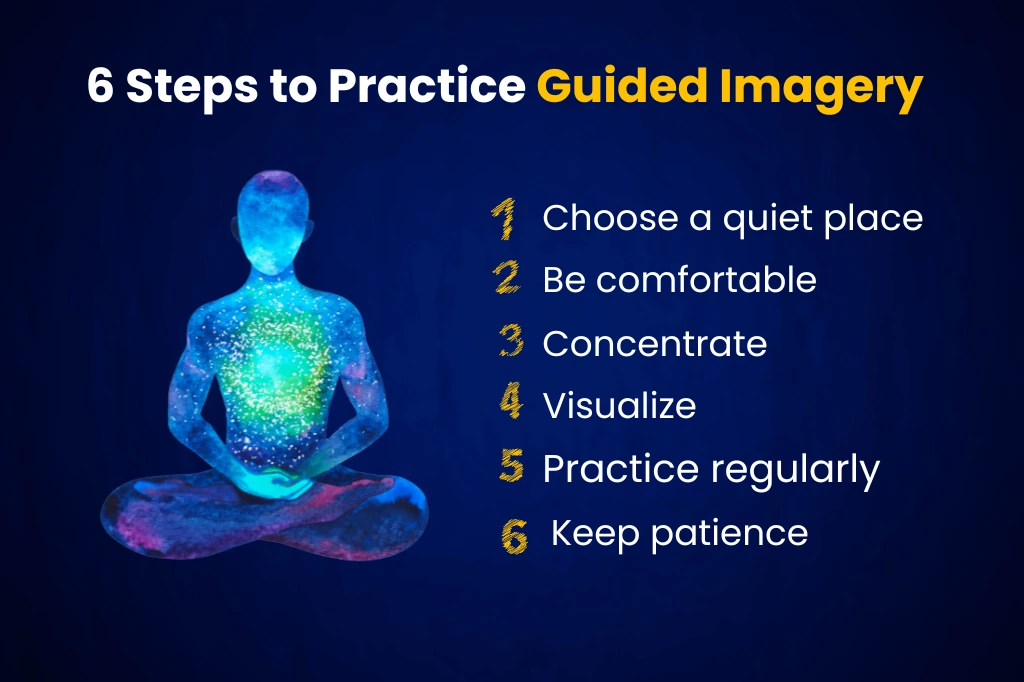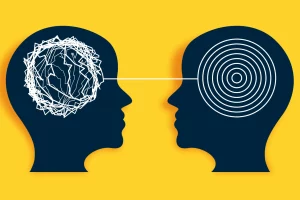
What is Image Therapy?
Summary
• Image therapy uses the power of mental imagery to improve health and overall well-being.
• This therapy involves all inner senses, including sight, sound, touch, emotion, and even smell to visualize vividly.
• Learn how visualization impacts our subconscious mind.
Content Directory
- Image Therapy Definition
- What is Guided Image Therapy?
- Silva Method’s Image Therapy: A Path to Balance.
- The Core Techniques of The Silva Method Image Therapy
- Simonton’s Miraculous Image Therapy to Beating Cancer
- Three Stages of Image Therapy
- How does Guided Imagery work?
- What Are The Benefits of Picture Therapy?
- How to Practice Guided Imagery
- Tips for beginners

Image Therapy Definition
Image Therapy is a type of psychological approach. This process uses the power of mental imagery to create vivid mental pictures or scenes that evoke pleasant sensations and emotions. By engaging the senses and imagination, image therapy aims to reduce stress, anxiety, and pain and promote relaxation, positive emotions, and personal growth. Pierre Janet introduced the innovative ‘Imagery Substitution’ concept in 1889. He employed hypnosis as a tool to assist individuals in transforming traumatic memories into more positive and constructive experiences.
What is Guided Image Therapy?

In Guided imagery therapy, mental health experts assist individuals in directing their thoughts toward specific mental images to trigger sensations of relaxation. The fundamental principle of this technique is the mind-body connection, which emphasizes the significant influence of the interplay between the body and mind on an individual’s holistic health and general well-being.
Silva Method's Image Therapy: A Path to Balance

In the 1960s, Jose Silva introduced the Silva Method, a self-help program combining meditation, visualization, mindfulness, positive affirmation, and self-hypnosis. It empowers individuals to control their thoughts and emotions, fostering positive thinking, cognitive development, and improved self-esteem.
It guides you into the Alpha state of mind, offering dynamic techniques for achieving tranquillity and practical problem-solving through visualization. Additionally, it can facilitate physical healing, leading to faster recovery from physical discomfort. The advantages of the Silva Method are truly extensive. Here are some of the benefits you can expect when undertaking this course:
- Diminish stress and anxiety
- Boost confidence and self-esteem
- Improve overall health and wellbeing
- Treat insomnia
- Achieve desired life
- Advanced mind-body healing
- Gain full control over the mind
- Provide deep relaxation
- Control bad habits
- Increase intuition power
The Core Techniques of The Silva Method Image Therapy

The Silva Method is designed to help individuals harness the power of their imagination to achieve their goals, improve their mental and emotional well-being, and enhance their overall quality of life. Here are the core techniques of Image Therapy within the Silva Method:
The Alpha and Theta State of Mind
Jose Silva made a significant discovery related to two distinct states of consciousness: Alpha and Theta levels. Accessing these states offers a powerful opportunity for individuals to reprogram their minds. Let’s explore what these levels are and how to access them.
During meditation, participants are guided to relax deeply, which helps them transition from the normal waking beta state to the more relaxed alpha state of consciousness. This Alpha state is a state of deliberate relaxation. While in this state, you experience a profound sense of tranquillity, yet you remain fully aware and conscious. As the meditation deepens, individuals may enter an even deeper theta state, characterized by heightened intuition and a profound connection with the subconscious mind. This Theta state is a state of relaxation and creativity. In image therapy, you use these states to create vivid mental images of your goals and desires. By accessing these states of mind, the Silva Method aims to empower individuals to harness their inner resources for self-healing, stress reduction, and achieving their goals.
D-B-E Thought Process

D-B-E stands for Desire, Belief, and Expectation. This is one of the most important mind control techniques of the Silva Method of Image therapy.
Desire: Silva Method Image therapy leads us to visualize our desire, which we truly want. To achieve any goal, a strong and unwavering desire is essential, whether it’s good health, happiness, financial prosperity, success, or fame. This clarity of desire is very important.
Belief: Once you’ve set a goal, maintaining unwavering belief in your capacity to attain it is crucial. This belief is a fundamental element in reaching any target, so it’s imperative to select goals that align with your genuine belief in your ability to accomplish them.
Expectancy: It’s important to have faith that you will eventually reach your goal. This means, be confident that you will succeed. Even if it takes time, you should always expect that you will achieve your goals. Your strong belief in your success helps your mind work its best.
Mirror of the Mind Technique
Silva’s Mirror of the Mind technique is a valuable tool in image therapy because it enables individuals to harness the power of their imagination and mental imagery to promote positive change and healing.
In this technique, there are two mirrors of different colours, like changing from blue to white. The blue-framed mirror is used to imagine the problem and the solution of this problem is visualized in the white-framed mirror. This technique encourages individuals to create vivid mental images of their desired outcomes, whether it’s improved health, increased confidence, or any other goal they wish to achieve. By consistently visualizing these positive images, individuals can reprogram their subconscious mind, which in turn can lead to real-world behavioral changes and emotional well-being.
Mental Laboratory Exercise

In your childhood did you have a special fort or an imaginary palace or maybe a safe place in your mind, where anything is possible?
Silva Method exercises activate the power of your mind through the use of your very own private and personal mental laboratory. This is a unique place where you can heal, solve, comprehend, learn, grow, and experience security. It is one of the most enjoyable techniques because you will be utilizing the full power of your imagination to create a wonderful expression of your creativity in your mind. A mental Laboratory is an imaginary place where all your problems can be solved. Every time you enter your laboratory level you enter the creative dimension. It is a kind of environment that encourages problem-solving.
Simonton’s Miraculous Image Therapy to Beating Cancer

Dr. O. Carl Simonton was an expert in radiology and oncology and is widely recognized as the “father of mind-body medicine” for cancer, most notable for his unique cancer treatments. He established and directed the Simonton Cancer Center in Malibu, California. For more than 50 years, this non-profit organization has been unwavering in its mission to enhance the well-being and quality of life for cancer patients and their families through the practice of psycho-social oncology. Simonton Wrote the revolutionary book “Getting Well Again” in 1992. He asserted that his relaxation and visualization techniques led to the recovery of cancer patients.
His Exceptional Guided Image Therapy
The Simonton Method of Visualization is a new way to help people with cancer. It believes that your thoughts and feelings can help your body fight cancer. This method comprises three integral phases: counseling, relaxation techniques, and guided visualization. Simonton’s self-help method of counseling for cancer patients integrates various mind-body approaches, encompassing cognitive-behavioral techniques rooted in belief examination, relaxation exercises, guided imagery, and mindfulness-based meditation practices. People who have tried this method have found it makes their lives better, both in terms of how long they live and how good they feel.
Shakti Gawain and Her Creative Visualization
Shakti Gawain is a renowned author and a pioneer in the field of personal growth and development. With an illustrious career spanning more than 25 years, she has not only achieved best-selling author status but has also gained international acclaim as a prominent teacher of consciousness. Shakti has played a pivotal role in empowering countless individuals to cultivate heightened awareness, balance, and overall well-being in their lives. Her books have collectively sold over 10 million copies, underscoring her profound influence on readers worldwide. One of her most renowned works is “Creative Visualization: Use the Power of Your Imagination to Create What You Want in Life”.

What is Creative Visualization?
Creative visualization is a cognitive process wherein individuals intentionally generate vivid mental images, whether with their eyes open or closed. This process involves simulating or recreating visual perceptions, all with the purpose of preserving, examining, and transforming these mental images. By doing so, individuals aim to modify the associated emotions or feelings, ultimately seeking beneficial effects on their physical, psychological, and social well-being. These benefits can encompass expediting the body’s healing processes, reducing physical discomfort, alleviating psychological distress such as anxiety, sadness, and low mood, boosting self-esteem and self-confidence, and enhancing interpersonal interactions.
Ever wished you could escape the pressures of daily life and find solace in a world of your own creation?
Close your eyes and imagine standing on a serene beach at sunset. The setting sun, with its golden hue, sinks beneath the horizon, painting the sky in a soothing, orange radiance. You can hear the gentle waves lapping at the shore as the salty breeze ruffles your hair. Seagulls call in the distance, and the sand is soft beneath your feet. Welcome to the world of image therapy. Next, we will discuss the different stages of picture therapy.
Three Stages of Image Therapy
Imagery techniques come in many forms and can be done in different ways. You can use your imagination with your eyes open or closed, in silence, while being active, talking to yourself, moving your body, or even through art. While using imagination, you have to involve all your inner senses, including sight, sound, touch, emotion, and even smell etc. The three stages of image therapy are following:

What Are The Benefits of Picture Therapy?
Consistent engagement in guided imagery therapy offers a multitude of advantages:
Reduce pain: When individuals engage in guided imagery, they mentally transport themselves to a peaceful, pain-free place, often accompanied by soothing sensory descriptions. This process distracts the brain from focusing on the pain and promotes relaxation, which can lead to reduced muscle tension and the release of endorphins, natural pain relievers. Moreover, Guided imagery can help reduce pain by harnessing the power of the mind to influence perception and relaxation.
Alleviate stress, anxiety, and depression: Guided imagery can be a powerful tool in reducing stress, anxiety, and depression by harnessing the mind-body connection. Through guided visualization, individuals are led to imagine peaceful and calming scenarios, allowing them to escape from the pressures of everyday life. This practice helps activate the relaxation response, reducing the production of stress hormones and promoting a sense of calm. By regularly engaging in guided imagery, individuals can develop greater emotional resilience and a more positive outlook, ultimately contributing to a reduction in symptoms of stress, anxiety, and depression.
Promote better sleep: Not getting enough sleep can lead to fatigue, impaired cognitive function, mood disturbances, and increased health risks. Guided imagery reduces all of the common contributors to sleep difficulties such as stress, anxiety, and depression, and promotes good sleep by relaxing the mind. By focusing on positive and peaceful mental imagery, people can shift their attention away from racing thoughts or worries, facilitating a transition into a more relaxed and sleep-conducive state.
How to Practice Guided Imagery
Image therapy is a simple concept that becomes more effective with regular practice. Follow these step-by-step instructions to explore guided imagery:
1) Choose a quiet place: Select a quiet and peaceful place, where you won’t be disturbed.
2) Be comfortable: Stand, sit, or lie down in a relaxed, comfortable position.
3) Concentrate: Take deep, slow breaths to relax your body and calm your mind.
4) Visualize: To make your guided imagery more effective, focus on visualizing with clarity. Imagine the details in your chosen scenario as vividly as possible.
5) Practice regularly: To experience the full benefits of guided imagery, make it a regular practice.
6) Keep patience: Be patient with yourself and allow the process to unfold naturally.

Tips for beginners
• Select a peaceful environment free from distractions.
• Power down your mobile devices and television.
• Consider exploring various guided imagery recordings to guide you through the experience.
• When visualizing a scenario, strive to involve your senses of sight, hearing, scent, and touch.
• Take your time and avoid hurrying through the process.



